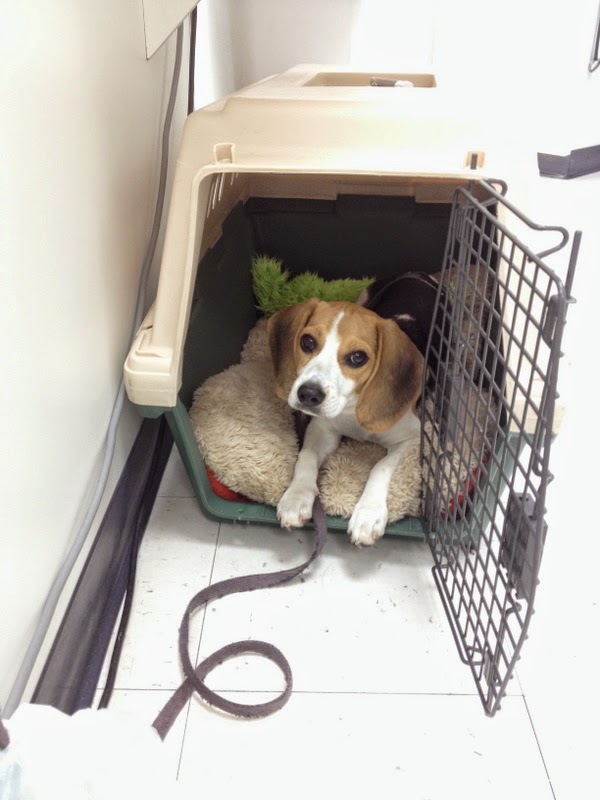New puppy? They're so cute, so much fun, and ... so frustrating sometimes! With house training, nipping, stealing, crate training, barking, and all the other things that come with puppyhood, it can feel like you're in over your head.
Puppies are like sponges for about a month or two after they come to live with you (8 - 16 weeks old). Your pup needs to learn good habits now or else he'll learn bad ones. And believe me, it's a lot easier for you (and the pup) if you teach him what he needs to know now rather than wait 'til you're pulling your hair out due to his troublesome behaviors.
Puppy training classes can go a long way to helping you survive puppyhood and to helping you have that well-behaved dog of your dreams. Find a training class that has a small class enrollment, that teaches with force-free, positive reinforcement (clicker) training, and taught by a qualified trainer.
After your veterinarian has seen your pup, deemed him or her healthy, and started the initial series of vaccinations, you are ready to start puppy training! Ideally, bring your dog to puppy school as soon as possible, and get as many classes under his belt before he's 16 weeks old. That's when the socialization window closes. Imagine you're working with clay and making a bowl. If you mold the clay when it's pliable and elastic, creating the exact bowl you want is quite simple. But as the clay gets older and dries out, it's impossible to form the clay into any shape other than the original. That's what the socialization window is like -- your pup needs to get out and experience puppy class each week until he's 16 weeks old.

By: Laurie Luck

By: Laurie Luck
If you are interested in structured puppy classes check out Smart Dog University by clicking HERE. Laurie Luck is a certified pet dog trainer and uses positive reinforcement techniques to help you train your pup. She teaches classes at Kingsbrook Animal Hospital in the evenings.













